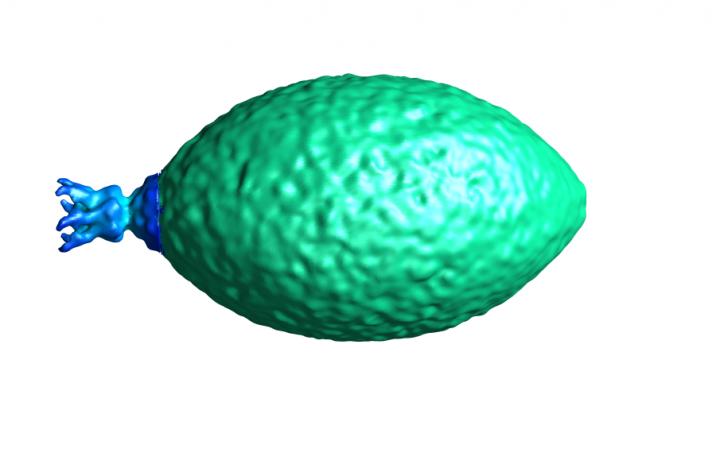
Credit: Courtesy of Ken Stedman
Researchers from Portland State University and the University of Texas Medical Branch have been awarded a $1 million grant from the National Science Foundation to generate a clearer and more detailed structure of Sulfolobus spindle-shaped virus 1, a virus that thrives in high-temperature acidic volcanic hot springs and may resemble HIV.
The project, “Virus Assembly in Extreme Environments: A Structural and Genetic Approach,” is part of a continuing collaboration between Ken Stedman, a biology professor and member of PSU’s Center for Life in Extreme Environments, and Marc Morais, an associate professor of biochemistry and molecular biology at UTMB. Stedman’s lab received $605,926 of the funding.
Their work will contribute to a better understanding of how proteins interact at high temperatures, as well as provide insights into the evolution of viruses and how life could have survived the extreme conditions present on early Earth or on extra-terrestrial planets.
“Knowing what’s happening at the extremes gives us insight into how biological materials are interacting at less extreme kinds of conditions,” Stedman said. “It’s been pushed so far that it’s really only the fundamental things that are left to understand.”
Stedman said that by visualizing the virus in such detail, the team may also be able to find out how closely the structure of SSV1 resembles the structure of HIV.
“If it turns out that our virus is structured in the same way, then we might have some kind of connection in terms of developing anti-HIV drugs,” he said.
The team will use a combination of cryo-electron microscopy and genetic screens and selections to address questions about the formation of the virus’ unique lemon-shaped structure, the structure of the virus’ tail that binds to the host cell, and the critical amino acids in the capsid proteins.
The grant will also support research experiences for undergraduate students in Stedman’s research lab and a 10-week lab course he teaches who will be screening SSV1 mutants.
“We will make thousands of different mutations at random, and we’ll go through them one-by-one to figure out exactly where those mutations are, what the particular mutation is and what it does to the virus,” he said.
The three-year grant runs through June 2022.
###
Media Contact
Ken Stedman
[email protected]
Original Source
https:/




